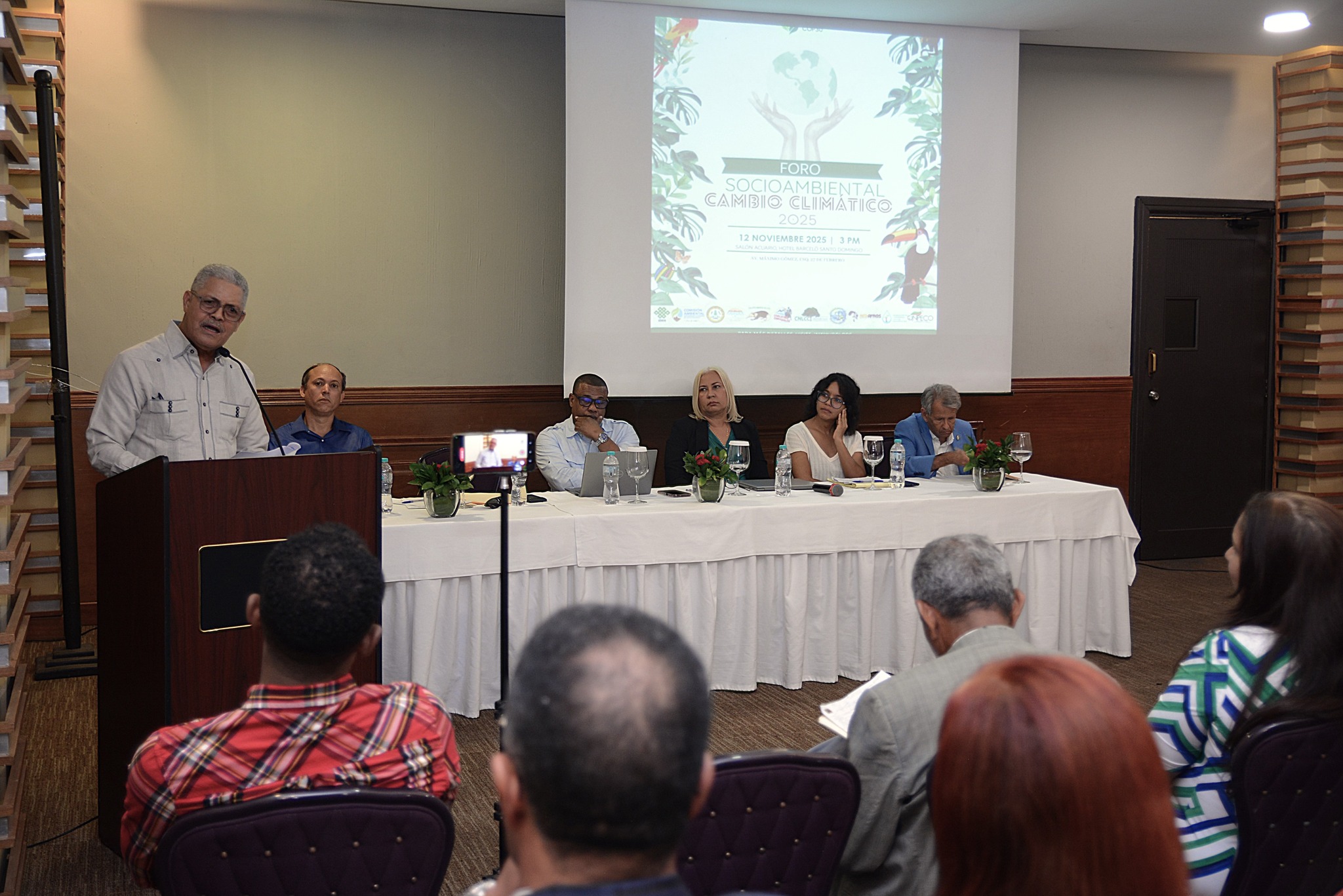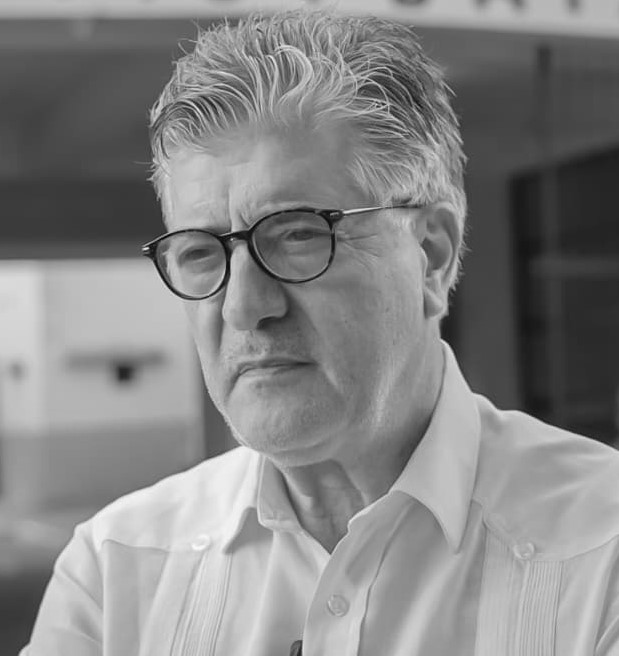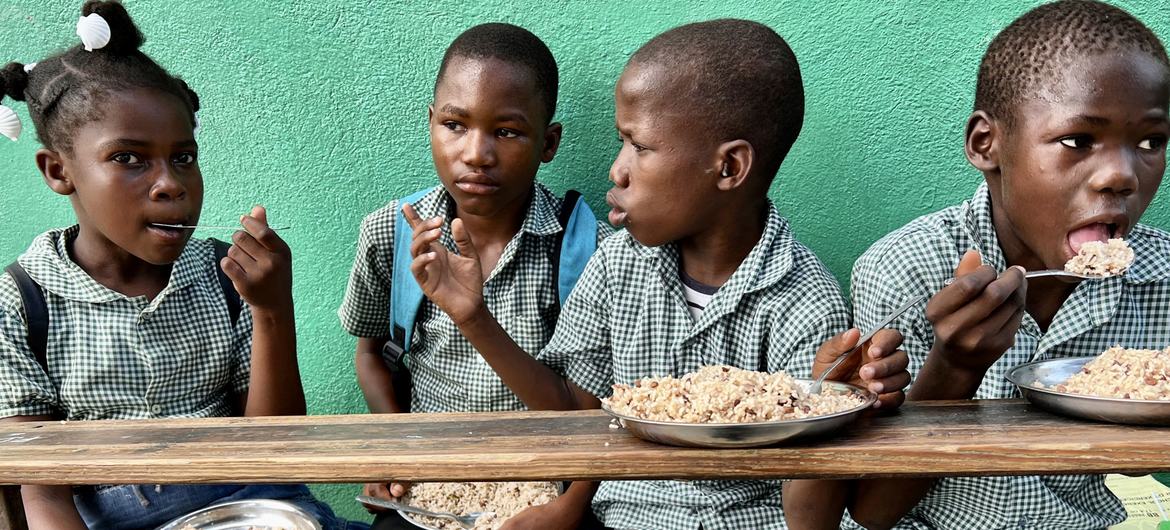Haiti’s National Meteorological and Hydrological Service (UHM) has a new headquarters – an important milestone in the drive to improve weather forecasts and warnings, and build resilience to tropical cyclones, floods and other hazards.
Haitian Minister of Agriculture Carmel André Belliard, WMO Secretary-General Petteri Taalas and Canadian Ambassador Paula Caldwel inaugurated the new building at a ribbon-cutting ceremony on 26 May. It is constructed to withstand earthquakes and hurricanes, enabling operations to continue during extreme events when services are most needed. Solar panels will power daily activities and will provide a back-up against electricity outages.
“Haiti is one of the world’s most vulnerable countries to natural hazards, aggravated by climate change and rising sea levels,” said World Meteorological Organization Secretary-General Petteri Taalas.
Haiti is still recovering from last year’s category 5 Hurricane Matthew, which killed more than 500 people, and cost around one-third of its Gross Domestic Product in a country where over half of the population lives below the poverty line.
“Forecasters accurately predicted the approach of the hurricane and so helped prevent the death toll reaching the thousands. But the tragedy underscores the need to vastly improve early warning systems,” said Mr Taalas.
 Ahead of the inauguration, Mr Taalas met Haiti's President Jovenel Moise on the sidelines of the Global Platform for Disaster Risk Reduction held in Mexico. Whilst in Port au Prince, he held tasks with senior Haitian officials including Agriculture Minister Belliard, who expressed his strong support to the project, and the importance of weather and climate service to agriculture, and the need for improved warning systems to reduce Haiti's vulnerability.
Ahead of the inauguration, Mr Taalas met Haiti's President Jovenel Moise on the sidelines of the Global Platform for Disaster Risk Reduction held in Mexico. Whilst in Port au Prince, he held tasks with senior Haitian officials including Agriculture Minister Belliard, who expressed his strong support to the project, and the importance of weather and climate service to agriculture, and the need for improved warning systems to reduce Haiti's vulnerability.
The Haitian weather, climate and water infrastructure was severely damaged during the 2010 earthquake.
In a bid to boost disaster resilience and climate change adaptation, WMO developed a project “Climate Services to Reduce Vulnerability in Haiti,” financed by Environment and Climate Change Canada,
The project aims at modernizing the meteorological and hydrological services and putting them on a sustainable footing by training staff and investing in key equipment. UHM staff, currently working in portacabins, will move into the new building in the near future.
“Canada is proud to see the results of the $6.5M contribution to the World Meteorological Organization (WMO) to rebuild Haiti’s Meteorological and Hydrological Centre and develop a modern weather and climate warning system for Haiti”, said Canadian Ambassador to Haiti, Paula Caldwell.
“In addition, since the earthquake struck in 2010, Environment and Climate Change Canada’s Weather Service has provided forecasters, equipment and training to help Haiti Weather Service continuously provide vital weather services to Haitians.”
The new coordinator of UHM will be Ronald Semelfort. With the inauguration of the new building, the focus of the project will now switch to long-term priorities. These include:
- Capacity building including training of both scientific and technical personnel and developing a business plan for UHM.
- The provision of technical assistance and equipment for observation, forecasting and aeronautical services
- Strengthening the climatological observing networks and implementing an integrated data management system;
- Developing a wide-reaching dissemination system, to inform decision makers, stakeholders and the general public of climate related risks.


The development of climate services in Haiti, the poorest nation in the Western hemisphere, will be an important test case for the Global Framework for Climate Services. This is a UN wide initiative, spearheaded by WMO, to provide accessible and informative climate services such as seasonal forecasts and drought monitors to help improve agriculture and food security, water management, disaster risk reduction and health outcomes in particular. About 70 countries in the world have inadequate climate services and some have none at all.
Haiti annually experiences two rainy seasons, from April to June and from October to November, as well as a hurricane season from early June until the end of November. It is also vulnerable to drought which impacts food security.
Sea-level rise associated with global warming is expected to increase risks of inundation, storm surges, erosion and coastal hazards, compounding the challenges of population growth, environmental degradation and deforestation.






